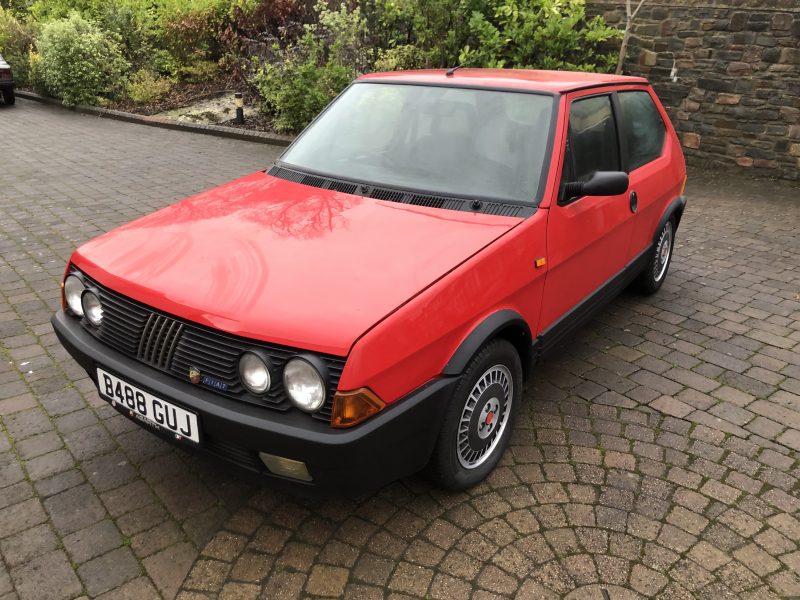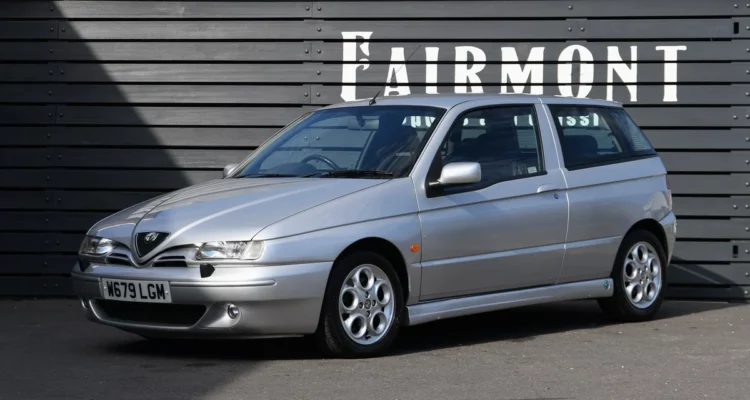Five Forgotten Hot Hatch Heroes
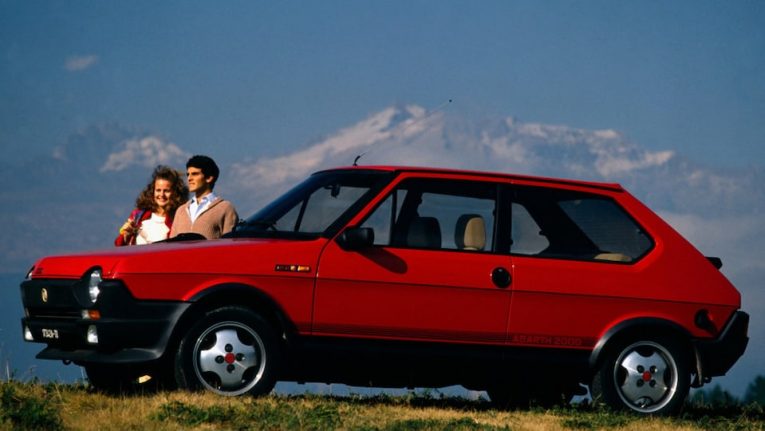
Everyone loves a hot hatch, right? It’s the most basic but brilliant of automotive recipes; take a small, nimble car and give it more power and some funky styling tweaks to make it stand out. By doing this, otherwise forgettable, bland cars can be shot into the upper echelons of driving greatness. Yes, the hot hatch is a wonderful thing, and because the recipe is so very basic, it’s hard for manufacturers to get it wrong. Pretty much every hot hatch is indeed fun. But despite this, some hot hatch models have been all but forgotten.
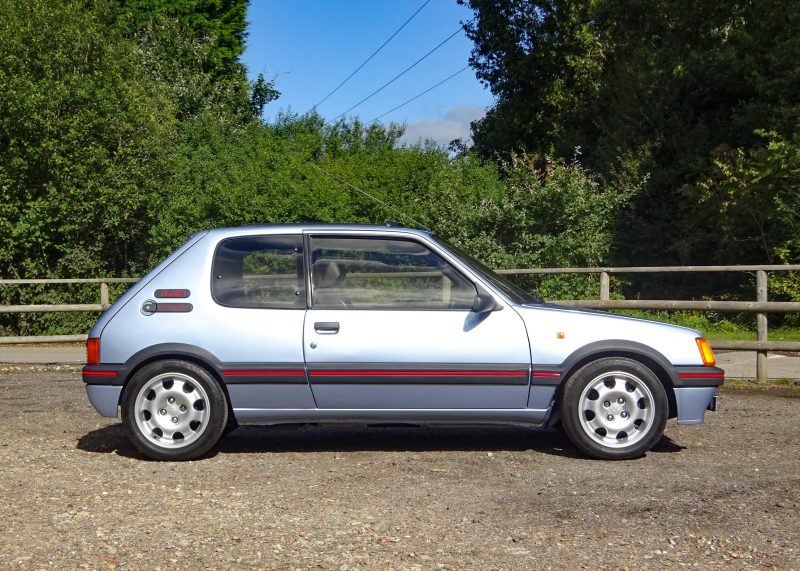
This is odd, given the resurgence in popularity enjoyed by this corner of the market. Buyers in their 30s and 40s, that now have some disposable cash and the ability to get insurance quotes under a million pounds, have been buying them up in a frenzy. Recapturing their youth, buying the cars the insurance man said no to when they were 18. Cars like the Escort RS Turbo, the Golf GTi and the Astra GTE are all big-ticket cars today. But, good though they were, they’re not the last line in hot hatch brilliance. There are some that have been forgotten, but more fool those who have, because any one of the five listed here will be sure to put a smile on your face.
1) Fiat Strada Abarth
Yes, there was a time when Fiat made hot hatches, and the Strada Abarth (or Ritmo, if you’re in Europe) was one of them. And it was a belting little car. The first Abarth version passed us by, as it was only available in left hand-drive. However, in 1983 we got the 130TC in right hand-drive guise, and it was brilliant. A spicy, twin-cam, 1995cc engine, carb fed, with 128bhp. It had a snappy ZF five-speed manual transmission, a tight chassis, body-hugging Recaro seats and a healthy splash of spoilers and Abarth badges, naturally. It was a fun, energetic little car that owners adored. When it worked. The Abarth was not a reliable car, and it was also not good at staying in one piece thanks to being made of metal more keen to rust than a builder is to eat at Greggs. Then, in 1985, Fiat changed the design to a more ‘normal’ looking one, losing the bullet-nose style in the process. Few remain today, but if you can find one, you absolutely should buy it. Huge fun.
2) Citroën ZX Volcane
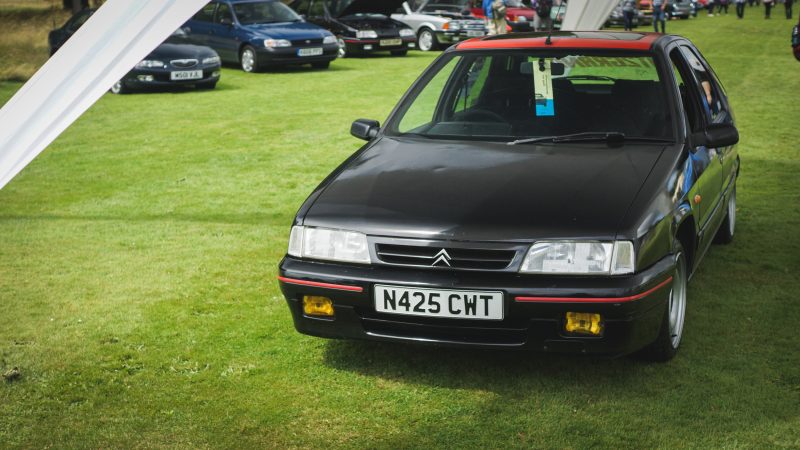
When Citroën launched the ZX, proper car people were a bit… turned off. The ZX was, for Citroën, far too sensible and it conformed with other mid-size hatchbacks too easily. There was no curved glass, no suspension full of green alien blood, no roof-mounted speedboat, no ninth seat in the glovebox. It was just a normal car. But, when Citroën turned off the ‘bonkers’ and just built a normal car, it turned out is was very good. Especially when given the hot hatch treatment. We are of course talking about the Volcane, which many will tell you was the car to make fast diesels a thing. And it was. But that’s not the one to have. And we say this, as we own a 2.0i petrol Volcane, and that, dear reader is the one to have. It only had 123bhp, but the torque was plentiful and the car was light. A sharp, agile chassis made it a joy to fling about, even today. We adore ours. But be warned, it’s a rare car. Ours is thought to be one of around 10 left in existence. A crying shame, as it’s far better than a hot Escort or Astra of the time.
3) Toyota Corolla GTi-16v
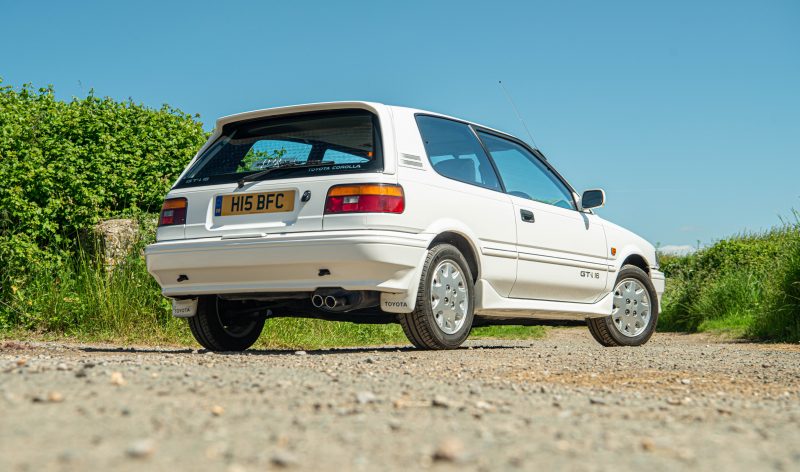
It was so, so good. But it came at a time when every other brand’s cars were so, so good as well. The Toyota Corolla is one of the world’s most widely sold cars, but only a handful of the GTi version survive today. We, as a buying public, were too busy being dazzled by the 205GTi, the RS2000 and the Golf GTi. And to their credit, they all had a far better chassis than the Corolla. But that shouldn’t have mattered, because the Corolla had a 4A-GE twin-cam 16-valve 1.6 engine with 123bhp. It would giddily rev to 8,000rpm. It was a soulful, exciting, brash little unit that took an otherwise dull car and made it sensational. but we didn’t care. We all wanted a 205 instead. More fool us though, because the Corolla GTi-16v was a gem. It still is, and if you can find one that hasn’t dissolved (they were shocking for rust, sadly) you should buy it without hesitation. If the softer chassis is an issue, there is a thriving aftermarket ready to stiffen it up for you, unleashing the car’s full potential in the process.
4) Rover 216GTi
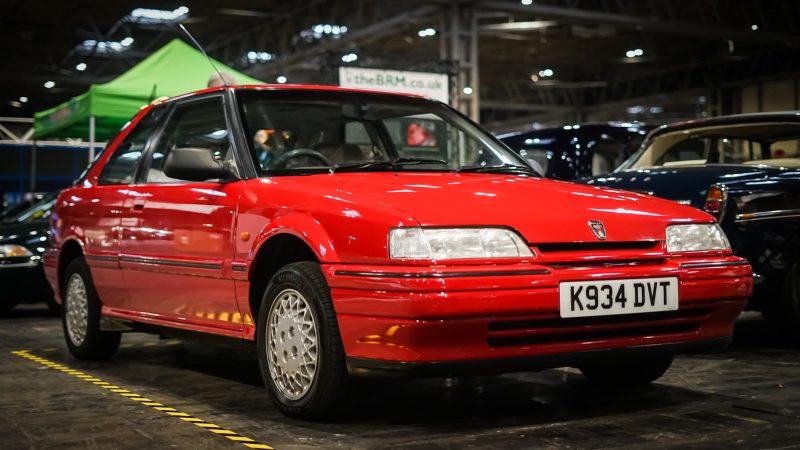
Yes. A hot hatch. From Rover. Rover was always partial to a bit of power and a bit of speed. We’re talking about the company that truly popularised the V8 engine, the company that gave us the Vitesse and the company that has been intrinsic to the fabric of British motorsport for decades, so of course it had a crack at the hot hatch market. The R8 version of the Rover 200 was a frankly brilliant car. Twin-cam engines, a great chassis, class-leading levels of equipment (think about what a 1989 Escort or Astra had by comparison). The GTi was a brilliant little car. And before you start with the head gasket jokes, early examples were Honda-powered. As for the 216GTi models with a K series – if they’re on the road in 2021, they have almost certainly been fitted with a better gasket. As for the 220GTi or 220 Turbo, they had the T series engine, which never had head gasket issues and with a turbo, brought around 200bhp. They were serious hot hatches. Those who bought one knew it, those who didn’t… more fool them.
5) MG Maestro 2.0i
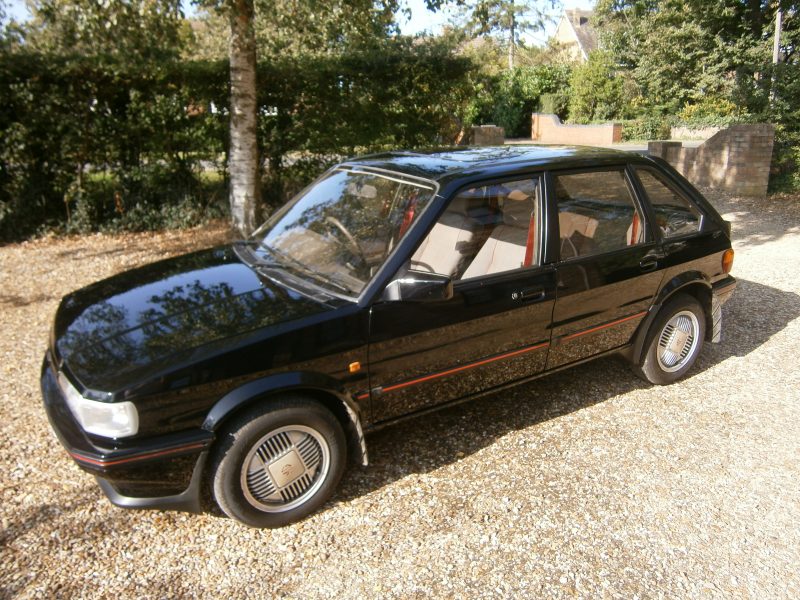
Staying with Great Britain for the final car of the five, we have this, the MG Maestro 2.0i. Not to be confused with the earlier 1.6 MG Maestro. Mainly because the first MG Maestro was, well, it was rubbish. Owners were quick to report that it didn’t like starting when it was hot, the R Series engine was about as refined as a blender full of spoons and when the carbs came out of sync, dealers didn’t really know what to do with them. Thankfully, the 2.0i had the better O Series engine, it had electronic fuel injection and it had more power – 115bhp to be exact. Not a lot by today’s standards, but don’t forget the Maestro weighed around 994kg. A featherweight. And as such, it was a riot to drive. The engineers at MG worked hard to make the chassis sharp and exciting, and the car even had its own race series as a result of how well it performed. But, despite the fact it brought some serious fight to Ford and Volkswagen, it was largely ignored because, well, it was a Maestro. Now though, the light is on and burning brightly for this Brit bruiser, with people keen to own one of the few surviving examples. Ignore the nay sayers, and buy one if you can.

